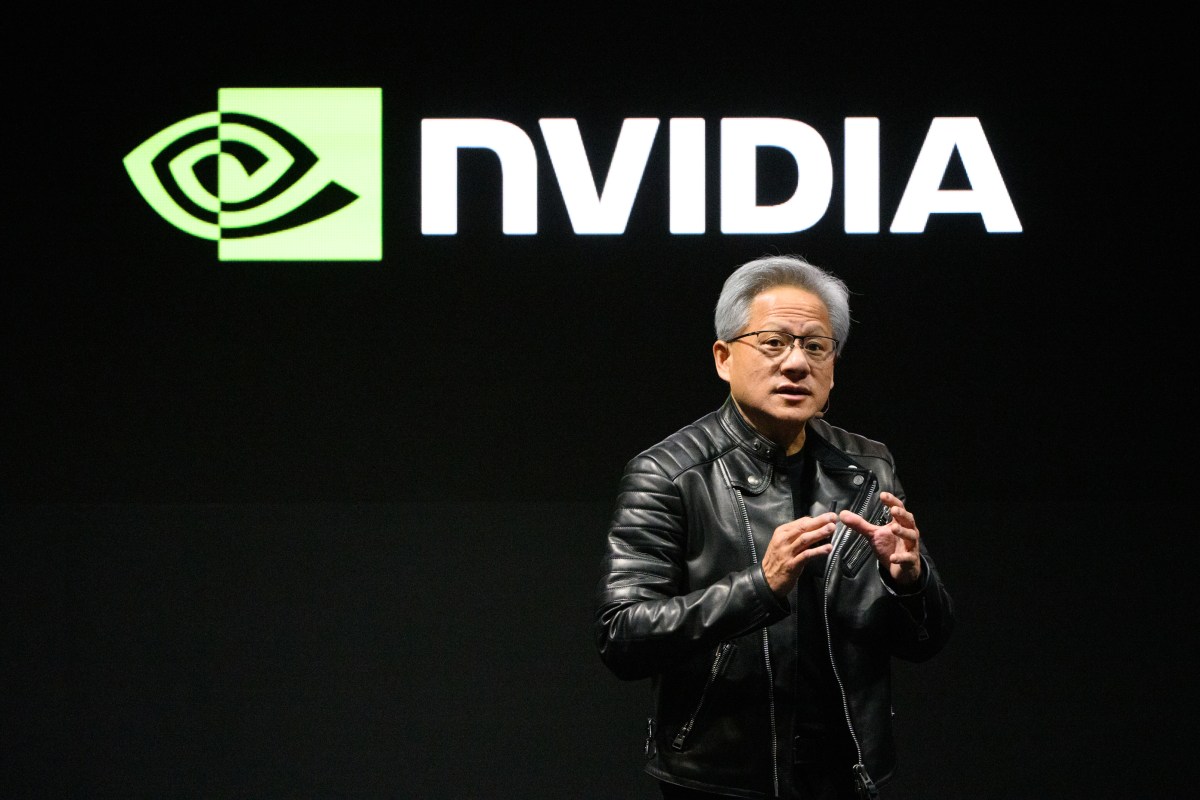Nvidia has quietly built what TechCrunch calls an AI empire by using a wave of AI investments to lock its role at the heart of modern AI and automation. Over the last two years the company has backed more than 80 AI startups and committed a £2 billion pledge to the U K AI ecosystem. For businesses and developers this concentration matters. It helps explain why GPU demand and Nvidia financials have remained unusually strong through 2025 and why many AI services are being architected around Nvidia hardware.
Why Nvidia investment strategy matters
GPUs are highly parallel processors that excel at the matrix math behind large neural networks. As model sizes and datacenter scale have grown, demand for GPU capacity has surged. Nvidia is doing more than selling chips. The company is placing strategic bets upstream by making AI investments, forming system level partnerships with major AI labs, and running programs such as NVIDIA Inception to nurture early teams. That combination of capital and technical support creates reference architectures, developer tools, and early access to hardware that lower friction for startups and enterprises building AI products.
Key facts and ecosystem signals
- Investment scale: More than 80 AI startups backed over two years, demonstrating sustained focus on AI funding and ecosystem growth.
- National commitment: A £2 billion pledge to the U K AI ecosystem that signals long term strategic interest in regional startup development.
- Programs and incubators: NVIDIA Inception provides mentoring, software access and technical guidance to accelerate product development and GPU performance for AI computing.
- Breadth of portfolio: Investments span autonomous driving, data infrastructure and other AI use cases, with names often cited in coverage such as Wayve, Scale AI and Figure.
- System level partnerships: Nvidia supplies hardware and joint reference designs to major AI research labs and cloud providers for large scale AI training and inference.
Implications for businesses and the startup ecosystem
Here are practical ways Nvidia influence is likely to matter for companies evaluating AI strategy:
- Faster AI product rollouts: Startups in Nvidia programs get earlier access to tooling and reference designs that accelerate time to market for AI products optimized for Nvidia GPUs.
- Industry concentration: When a dominant chipmaker funds and mentors many AI startups, models and tooling become optimized for one hardware family, which raises migration costs for alternative chipmakers and cloud providers.
- Pricing and cloud compute dynamics: Focused demand on a single vendor can influence GPU pricing and cloud compute rates, affecting budgets for compute intensive services.
- Talent and capability buildup: Ecosystem programs help startups build expertise around Nvidia software stacks, creating a feedback loop that reinforces platform adoption.
Risks and counterpoints
- Concentration risk: Heavy reliance on one vendor can create a single point of failure if supply or pricing issues arise.
- Barriers for small players: Large scale commitments and regional pledges may disadvantage competitors and raise entry costs for startups without similar access to hardware or partnerships.
- Regulatory and geopolitical scrutiny: Significant cross border investments and ecosystem influence may attract attention in markets wary of strategic tech control.
What businesses should do now
Enterprises and startups can take practical steps to manage risk while benefiting from rapid AI innovation:
- Test hardware portability across multiple GPU vendors and cloud providers to avoid single vendor lock in.
- Negotiate flexible cloud compute contracts and monitor GPU pricing trends so you can adapt budgets as demand shifts.
- Invest in tooling and developer training that support multi vendor deployment and container based workflows.
- Watch where Nvidia places its next large commitments and how competitors respond with their own investment programs.
Nvidia approach combines capital, partner reference designs and developer programs to shape which hardware powers tomorrow AI services. For decision makers the pragmatic path is clear. Prepare for a landscape where many high performance AI workflows are optimized for Nvidia GPUs while testing portability and multi vendor strategies to maintain flexibility as the AI ecosystem evolves.




